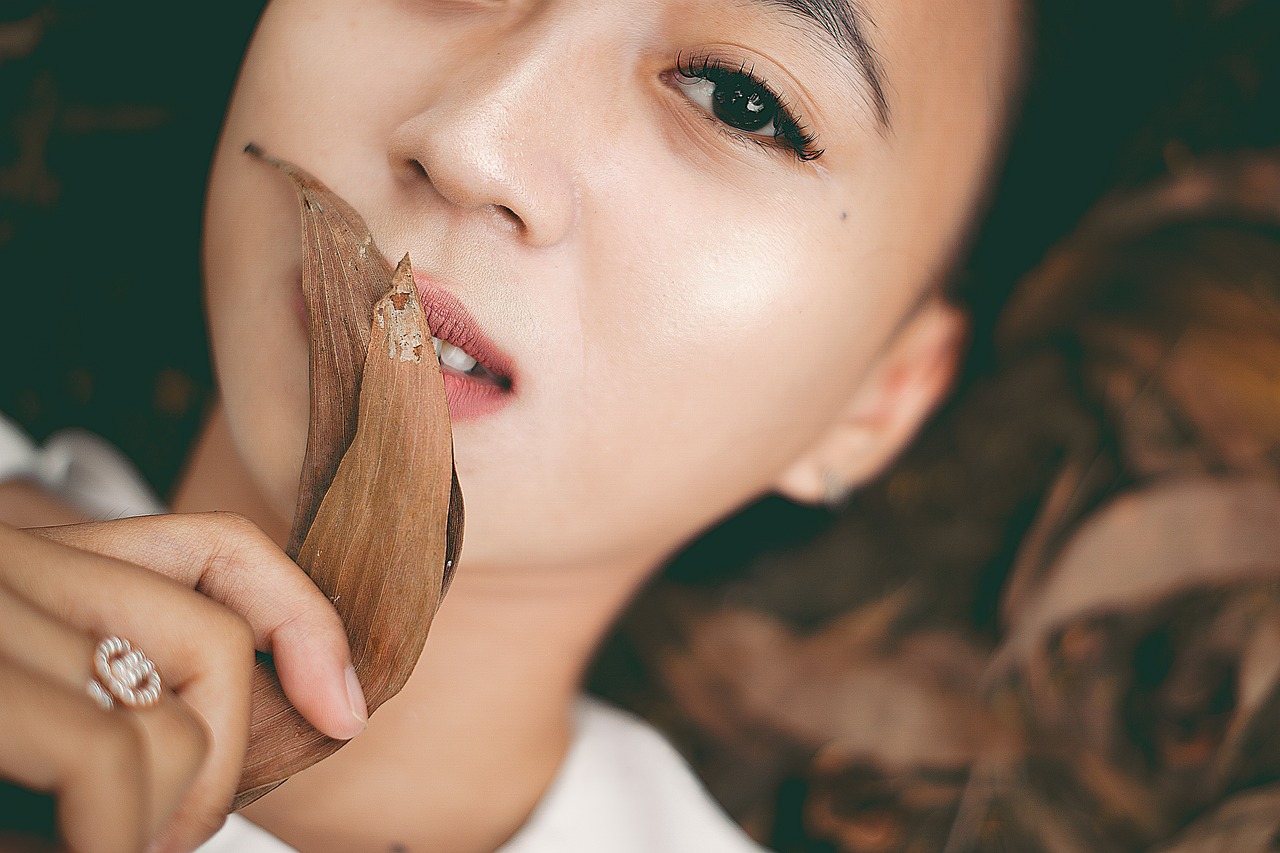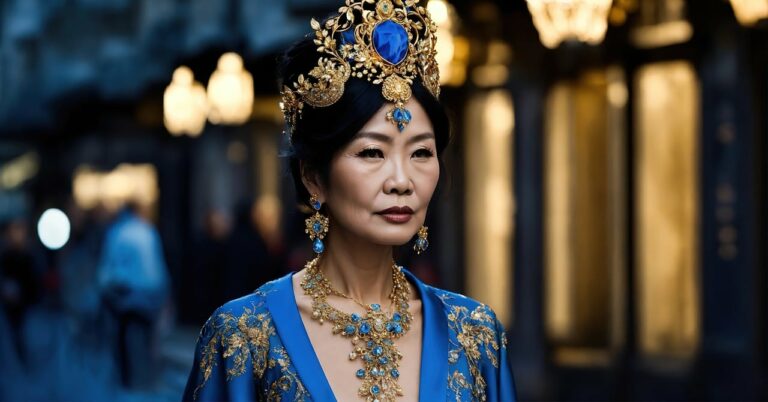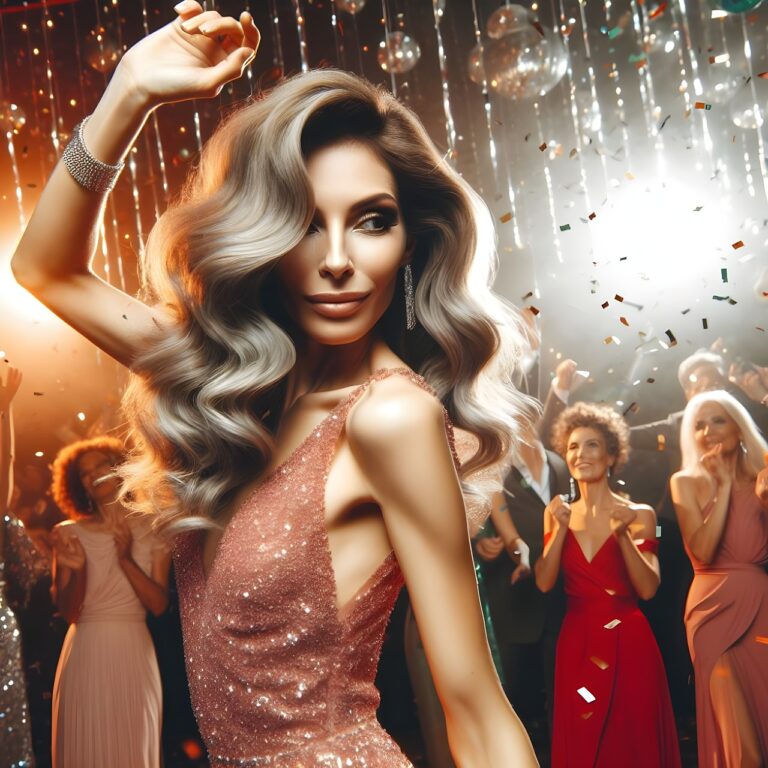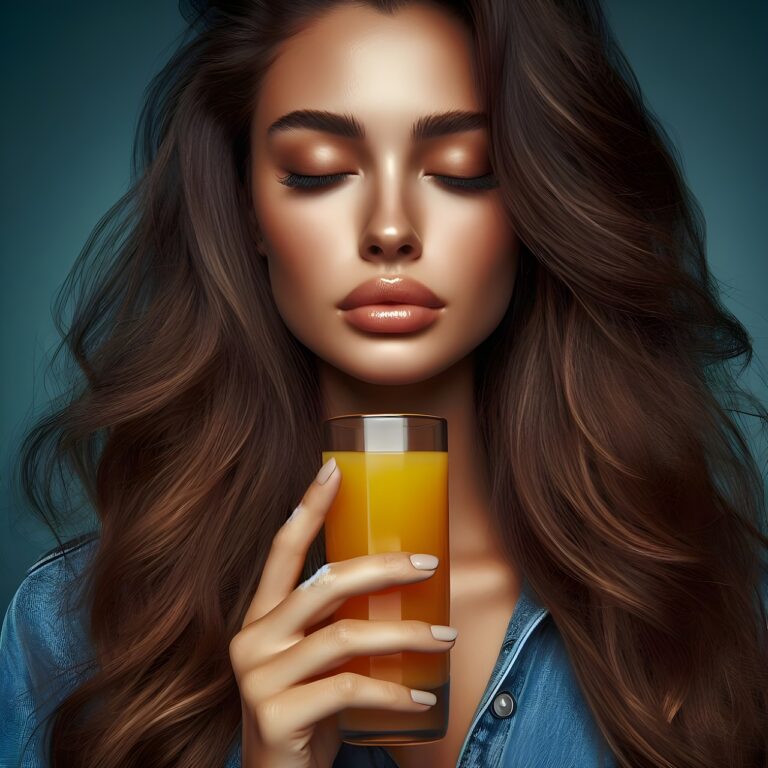Fashion and Food: Culinary Inspirations in Clothing Design
In the world of fashion, designers often draw inspiration from unexpected sources. One unique trend that has emerged is the use of food-inspired color palettes in clothing design. Just like a chef carefully selects and combines ingredients to create a delicious dish, fashion designers meticulously choose colors that evoke the essence of different foods.
From the vibrant red of ripe strawberries to the earthy browns of freshly baked bread, these color palettes add a playful and appetizing twist to fashion collections. By incorporating hues reminiscent of food, designers infuse their pieces with a sense of familiarity and comfort, inviting wearers to savor the visual feast they present.
Textures and fabrics reminiscent of culinary ingredients
When it comes to fashion design, textures and fabrics play a crucial role in creating unique and visually appealing pieces. Drawing inspiration from culinary ingredients, designers are incorporating elements like velvet to mimic the smooth richness of chocolate or using ruffled fabrics to evoke the layers of a flaky croissant.
Soft cashmere fabrics may remind you of the delicate touch of whipped cream, while the roughness of burlap can symbolize the earthy textures found in root vegetables. By incorporating these textures into their designs, fashion creators are able to not only bring a sensory experience to clothing but also blur the lines between food and fashion in a creative and innovative way.
Velvet can mimic the smooth richness of chocolate
Ruffled fabrics evoke the layers of a flaky croissant
Soft cashmere reminds of the delicate touch of whipped cream
Burlap symbolizes earthy textures found in root vegetables
By combining these elements, designers are able to create pieces that not only look beautiful but also engage multiple senses, making for a truly immersive fashion experience. Just as different ingredients come together to create delicious dishes, various textures and fabrics blend harmoniously in fashion design to produce stunning and unique garments that appeal to both the eyes and the tactile sense. The use of culinary-inspired textures adds an extra layer of creativity and depth to fashion, allowing wearers to express their individuality through clothing that is as visually striking as it is innovative.
Historical influences of food on fashion trends
In the early 18th century, rich and vibrant hues inspired by the opulence of spices like saffron, cinnamon, and turmeric dominated fashion trends. These colors were symbolic of wealth and exoticism, mirroring the allure of the East and its culinary treasures. The intricate patterns and embellishments on garments were reminiscent of the intricate blend of flavors found in dishes from distant lands.
Moving into the 1950s, pastel tones influenced by sweet confections like bubblegum and cotton candy became popular in fashion. Soft pinks, blues, and yellows took center stage, reflecting a post-war era of sweetness and optimism. The fashion industry embraced these sugary shades, infusing designs with a lighthearted and playful charm that resonated with the public’s appetite for joy and indulgence.
How have food-inspired color palettes influenced clothing design throughout history?
Food-inspired color palettes have often been used in clothing design to evoke a sense of nostalgia or to create a unique visual appeal. For example, shades of red, green, and white reminiscent of tomatoes, basil, and mozzarella have been popular in Italian-inspired fashion.
How have textures and fabrics been influenced by culinary ingredients in fashion trends?
Textures and fabrics in fashion have often been inspired by culinary ingredients, such as the use of lace to mimic the delicate texture of whipped cream or the incorporation of sequins to replicate the shimmer of sugar crystals.
What are some examples of historical influences of food on fashion trends?
Historical influences of food on fashion trends can be seen in the use of fruit motifs in 18th-century French fashion, the popularity of coffee-colored dresses during the Victorian era, and the sushi-inspired clothing designs that emerged in the 21st century.
How do food and fashion continue to influence each other in contemporary society?
In contemporary society, food and fashion continue to influence each other through collaborations between chefs and designers, the use of food-themed prints in clothing collections, and the incorporation of culinary-inspired accessories in fashion trends.







